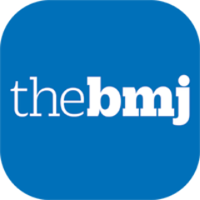
Susanna Stanford 💙
@susannastanford
Safety in healthcare, human factors and communication. Neuraxial anaesthesia: test the block and believe the patient. #ManagingAdverseEvents film
ID: 2453442413
https://bit.ly/ManagingAdverseEvents 01-04-2014 22:23:50
2,2K Tweet
2,2K Followers
1,1K Following

Favourite takeaway so far at Association of Anaesthetists Trainees #TC2024 so far, from Susanna Stanford 💙: be prepared with a coordinated strategy, not a single plan, and be prepared to fail (for the sake of the patient and the clinician)




Great opportunity to help shape and guide THIS Institute maternity improvement programme, and working with a fantastic team too!



If you have experienced a painful hysteroscopy, please consider completing this thorough survey to contribute to the Campaign Against Painful Hysteroscopy’s work to represent women and to raise awareness of the long term impact of painful procedures. Hysteroscopy Action

Three years ago, Sarah Seddon and I made a film about the need to humanise what happens after adverse events in healthcare for everyone’s sakes: patients and clinicians. The messages remain relevant. Our thanks to Honey de Gracia MCIM and Patient Safety Congress & Awards for their support of the film.

Great letter from Emily Sharpe, MD, FASA and Michael Hofkamp, MD, FASA in International Journal of Obstetric Anesthesia citing increasing evidence regarding the incidence of PDCD, ‘we believe that inquiry about PDCD should be a standardized process for every patient who undergoes cesarean delivery.’


EVEN IF only 2% of women having cesarean birth had intraoperative pain, that would still be too many. The real # is no doubt much higher as explained here. It's past time for us as an anesthesia community to figure out how to get this right. Rachel Somerstein Susanna Stanford 💙

Yes! I concur with Michael Hofkamp, MD, FASA Emily Sharpe, MD, FASA that here the methodology is potentially a problem. Anyone using a “clinical incident management system” / CSRS/ SIMS reporting system as a source is likely to grossly underestimate the occurrence, in part due to a reluctance to


